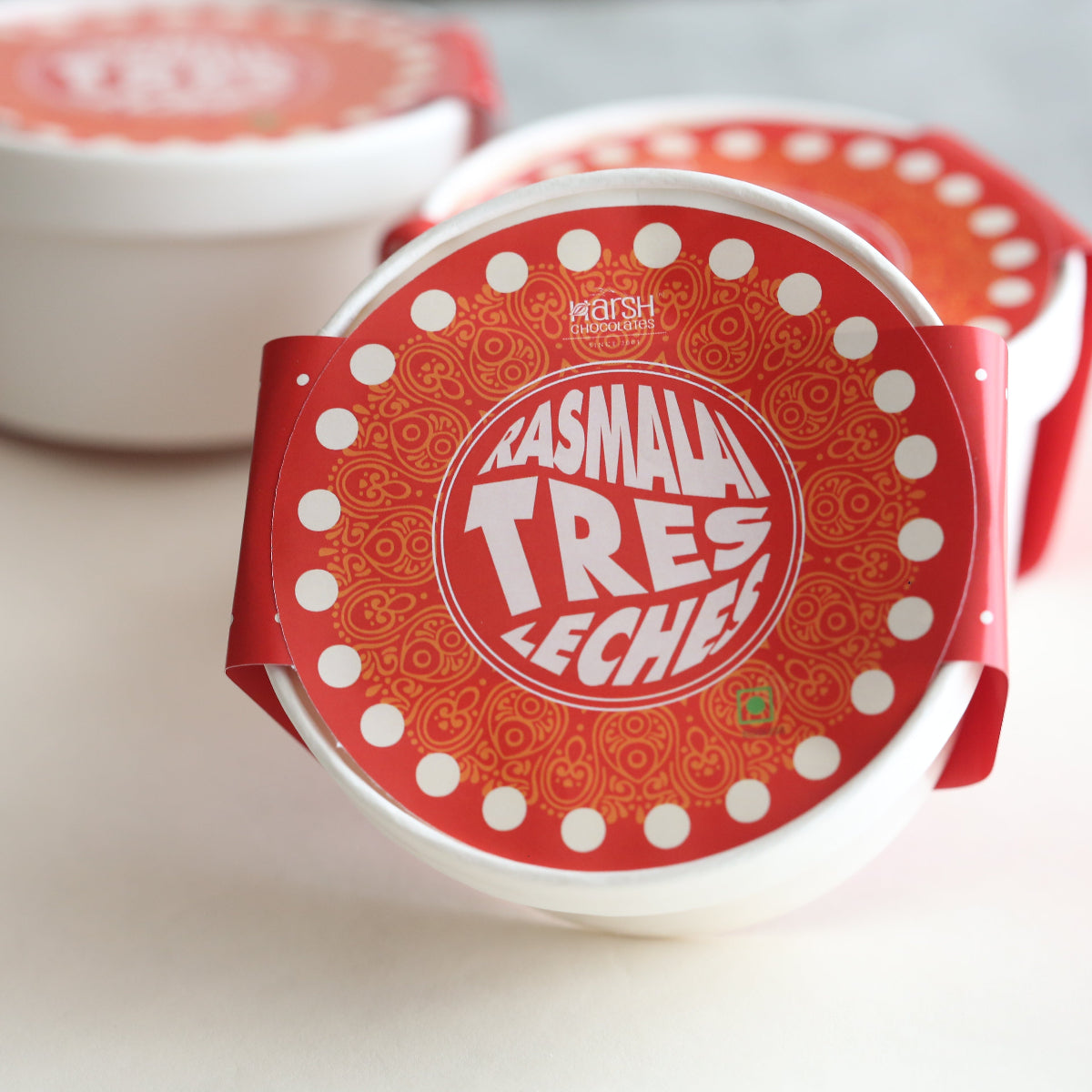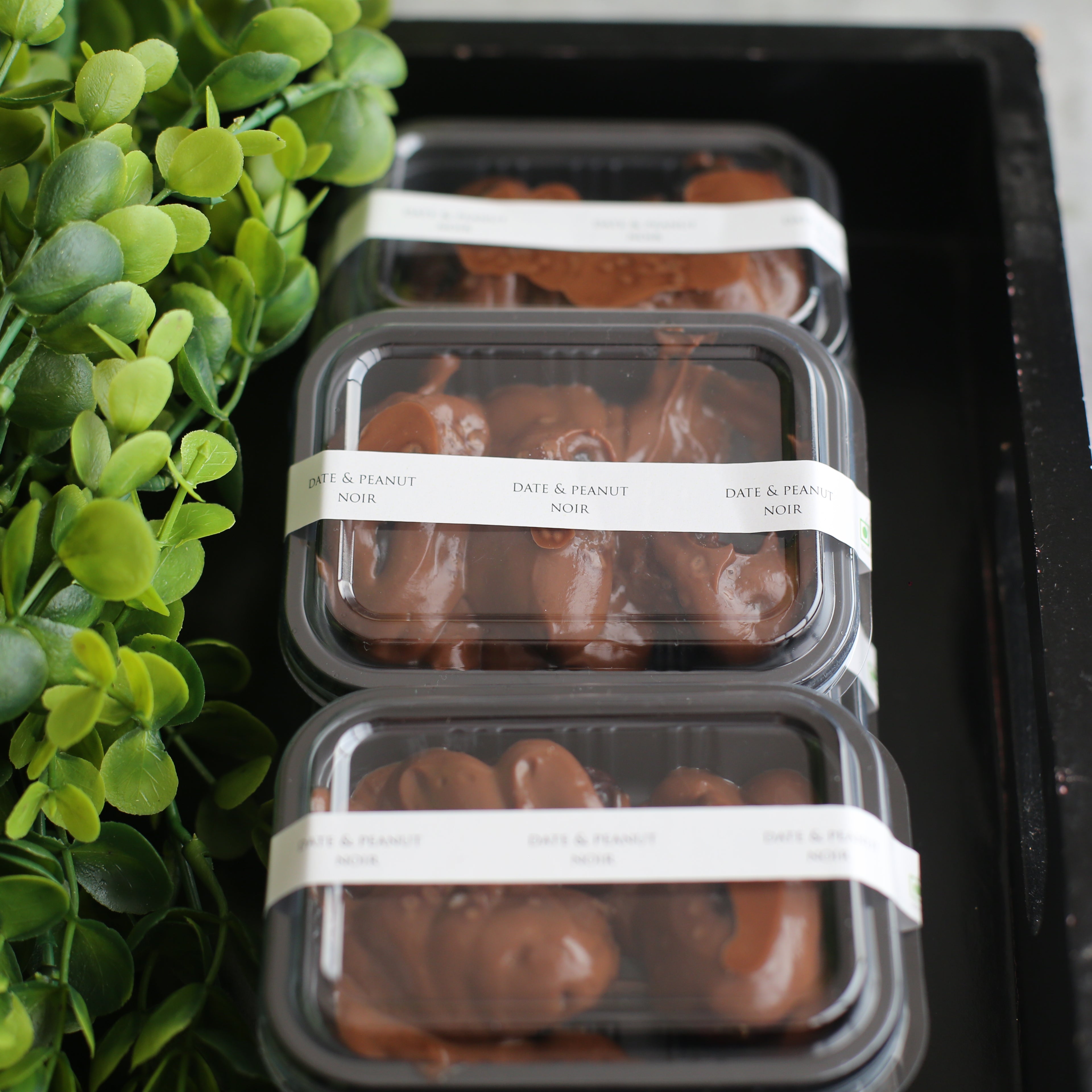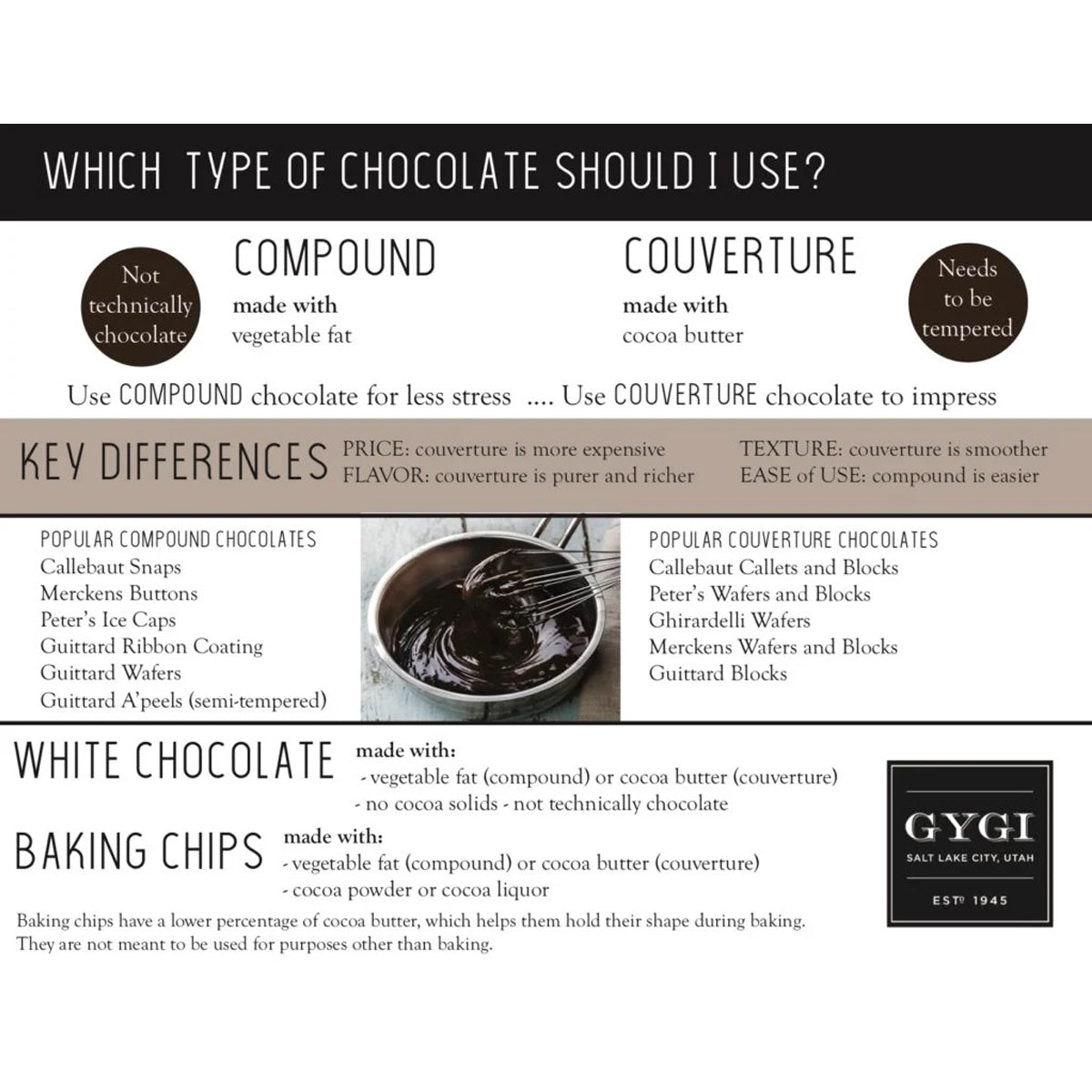The darker the chocolate, the higher the caffeine content
Chocolate is often associated with an energy boost or a mood lift. This is because it contains caffeine, a natural stimulant found in cocoa beans. But how much caffeine does chocolate really have? And how does it compare to other sources of caffeine like coffee or tea? Let’s break it down.
Where Does the Caffeine in Chocolate Come From?
Chocolate is made from cacao seeds, which come from cacao trees grown near the equator. These seeds, commonly known as cocoa beans, go through several processes—fermentation, drying, and liquefaction—before becoming chocolate.
When cocoa beans are liquefied, they separate into two components:
- Cocoa butter – The fat component, which contains no caffeine
- Cocoa solids – The non-fat component, which does contain caffeine
This means that the amount of caffeine in chocolate depends on how much cocoa solid content it has. The darker the chocolate, the more cocoa solids it contains—and the higher its caffeine level.
White chocolate contains no caffeine because it is made only from cocoa butter and contains no cocoa solids.
Caffeine Levels in Different Types of Chocolate
The caffeine content in chocolate varies depending on its cocoa solid percentage. According to the U.S. Department of Agriculture:
- Dark Chocolate (70-85% cocoa): 12 mg of caffeine per 28 gm
- Milk Chocolate (30-50% cocoa): 9 mg of caffeine per 44 gm
- White Chocolate (0% cocoa): 0 mg of caffeine
For comparison:
240 ml cup of coffee contains about 95 mg of caffeine—much higher than even a full chocolate bar!
Theobromine: Chocolate’s Other Stimulant
Besides caffeine, chocolate contains another natural stimulant: theobromine.
- Theobromine is what gives dark chocolate its slightly bitter taste.
- It acts as a mild stimulant, similar to caffeine, but its effects are gentler and longer-lasting.
- 50 grams of dark chocolate contains 19 mg of caffeine and 250 mg of theobromine.
- Theobromine may also have anti-inflammatory properties and has been studied for potential health benefits, including cough suppression and respiratory relief.
Can Chocolate’s Stimulants Cause Side Effects?
For most people, the small amounts of caffeine and theobromine in chocolate are not a concern. However, some individuals are more sensitive to these stimulants and may experience:
- Increased alertness (a mild energy boost)
- Difficulty sleeping (if eaten close to bedtime, especially dark chocolate)
- Mild heart rate increase (due to its stimulant effects)
Important Note: Chocolate is toxic to dogs and cats because their bodies process theobromine much more slowly than humans. Even a small amount can be dangerous for pets.
Bottom Line: Should You Worry About Caffeine in Chocolate?
If you're sensitive to caffeine or trying to cut back, you might want to limit dark chocolate consumption, especially in the evening. However, for most people, the caffeine content in chocolate is relatively low compared to coffee or energy drinks.
Pro tip: If you want a chocolate treat without caffeine, white chocolate is your best option!





